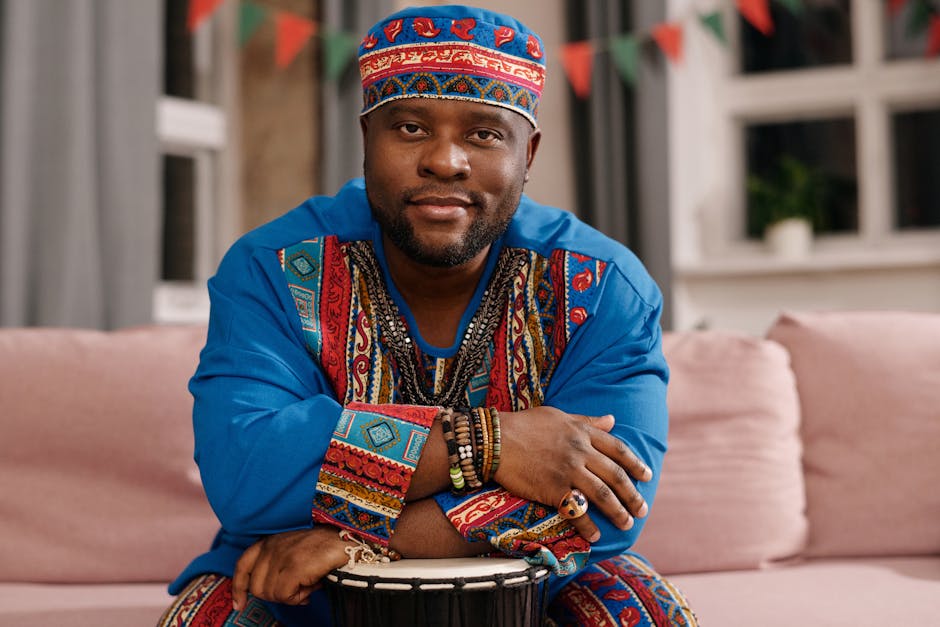[Music] Welcome to Milestone Mic Methods, a tutorial series brought to you by Music in Africa Live, where we show you how to capture the sounds of African instruments. At Milestone Studios in Cape Town, our engineers have spent decades finding the best way to mic up instruments that are unique to our
continent, and we're going to share that knowledge
in every episode. I’m Thabo Mobo, and today, we will be looking at the best ways to place microphones on traditional African drums, for live performance and recording. Drums are at the heart of many occasions in Africa, from weddings to funerals, healing
ceremonies to sporting events.
The ancestral drums we're looking at
today have heads made of hide and are tuned by tightening ropes, which
hold the skin onto the shell of the drum. Tuning is not a simple matter and should
be left to the experts. Often the drummer will want to warm the
skins before playing them to get the best sound. Drums are played with the hands, mallets, or sticks.
Drums might be played by a group of individual musicians each playing one
drum, or can be set up almost like a western
drum kit, with one drummer playing many drums.
Where one drummer is playing a set of drums in a live show,
a dynamic microphone like the Electrovoice RE20 is a good option,
if you only have one mic available. Position the mic
over the centre of the drums to pick up all of them equally.
Make sure that it's high enough that the player won't accidentally hit it [Music]
In a studio situation there are many more options.

You can use condenser microphones which have a wider frequency response than the
RE20. Here we're using a stereo Audio -Technica
AT4050ST. This will give a full stereo sound with one capsule of the mic pointing towards the left of the drum kit
and the other picking up the right [Music] You can even mic up each drum
individually, which will give control over the volume and sound of every drum.
In this case, dynamic mics are often the best choice.
If there is a separate bass drum, you might need to use two mics,
as the drummer will probably play on both sides.
[Music] The players made this drum themselves
from a cut- off oil drum and cowhide. [Music] If several drummers are playing at the same time, it's helpful to control the sound by putting up screens.
This will reduce the leakage of the sound of one drum to the other mics,
and ensure that each mic mainly picks up the sound of the closest drum. [Music] Well, that's it for today our thanks to
Nceba and Xolani Gongxeka, and Kim Masala for demonstrating how these instruments are played and to our sponsors Music In Africa, the Goethe Institute, Siemens and the Federal Foreign Office for supporting African music.
Watch out for more videos in the series,
and until next time, cheers and goodbye
[Music].

